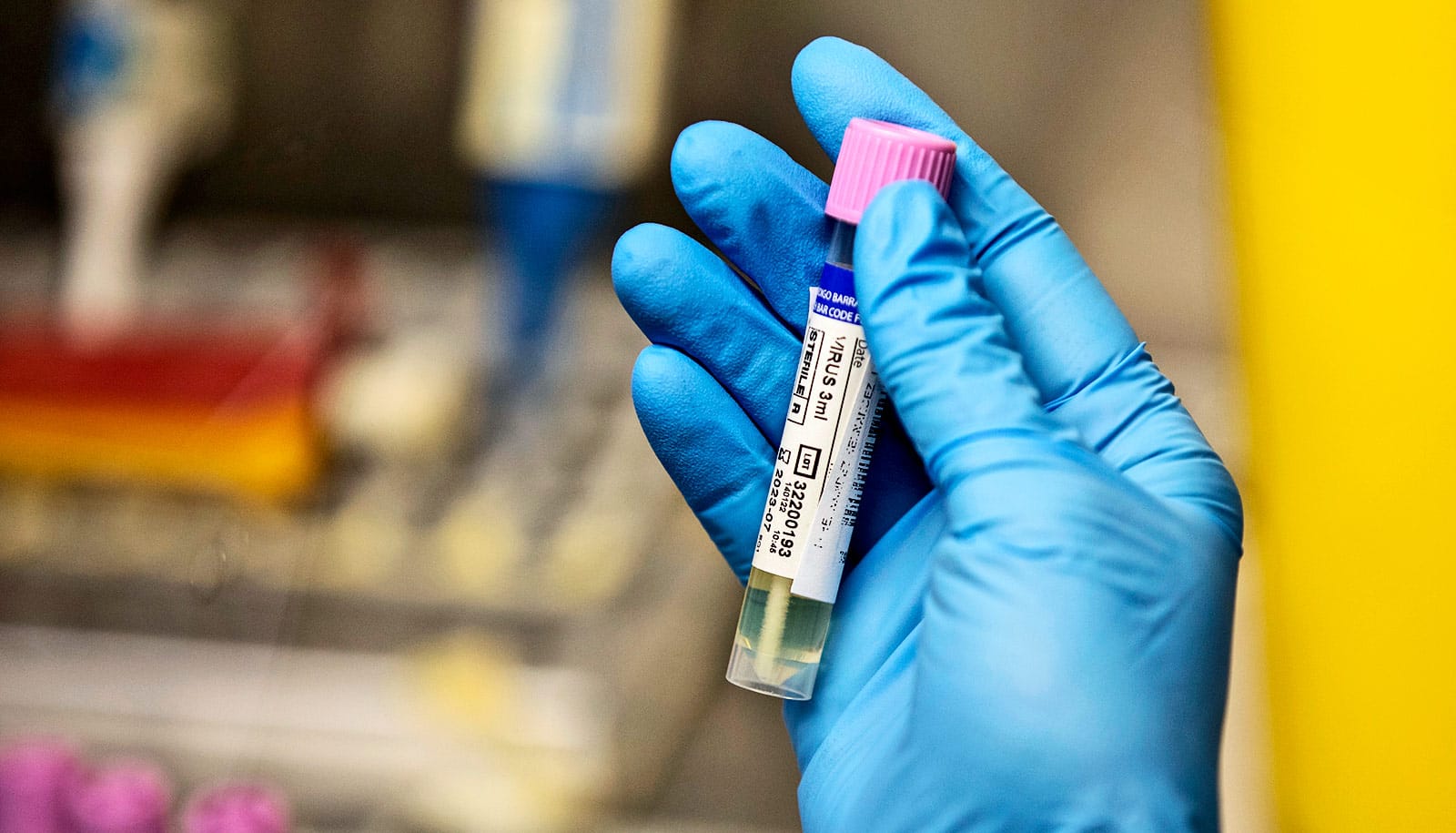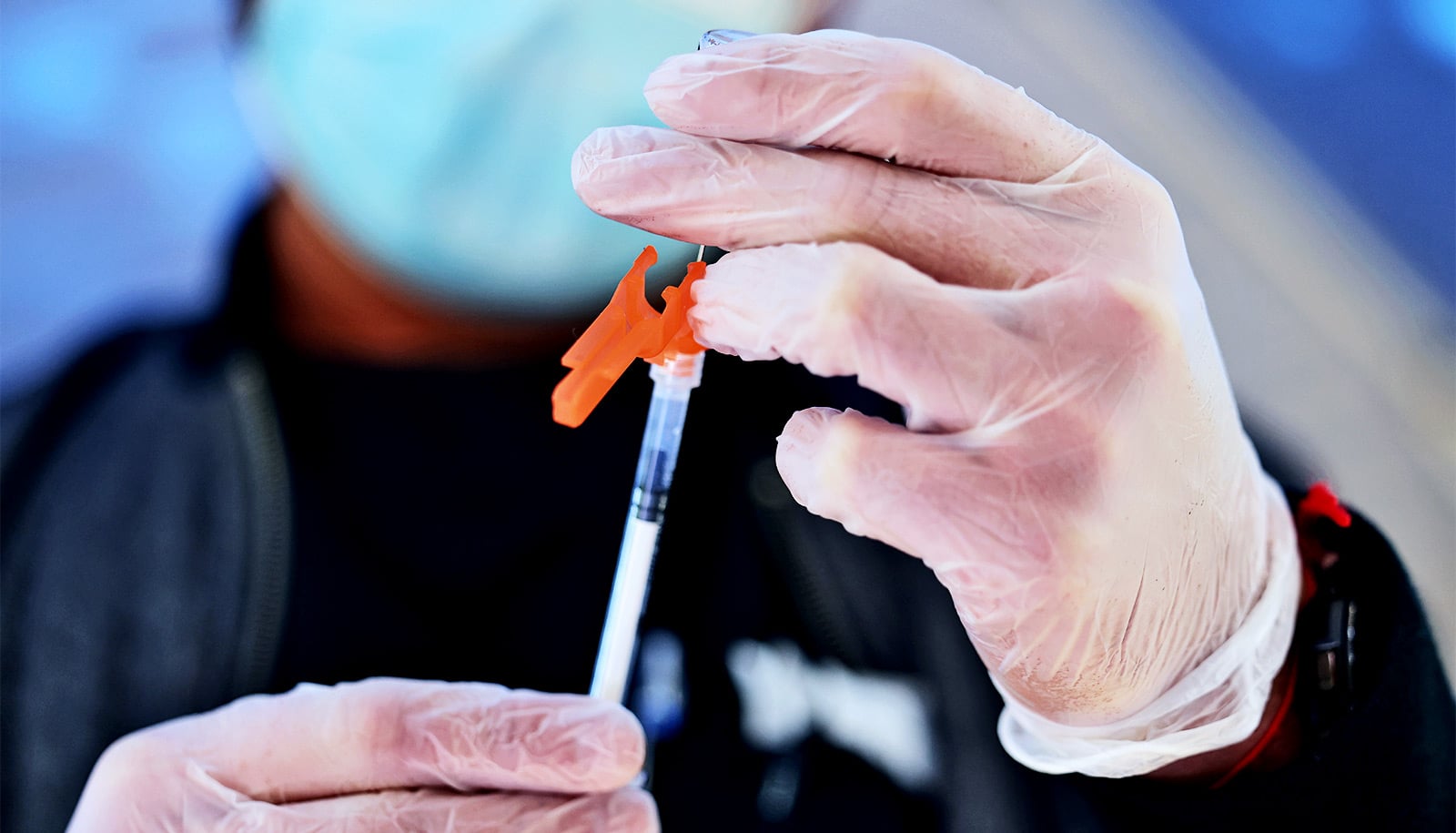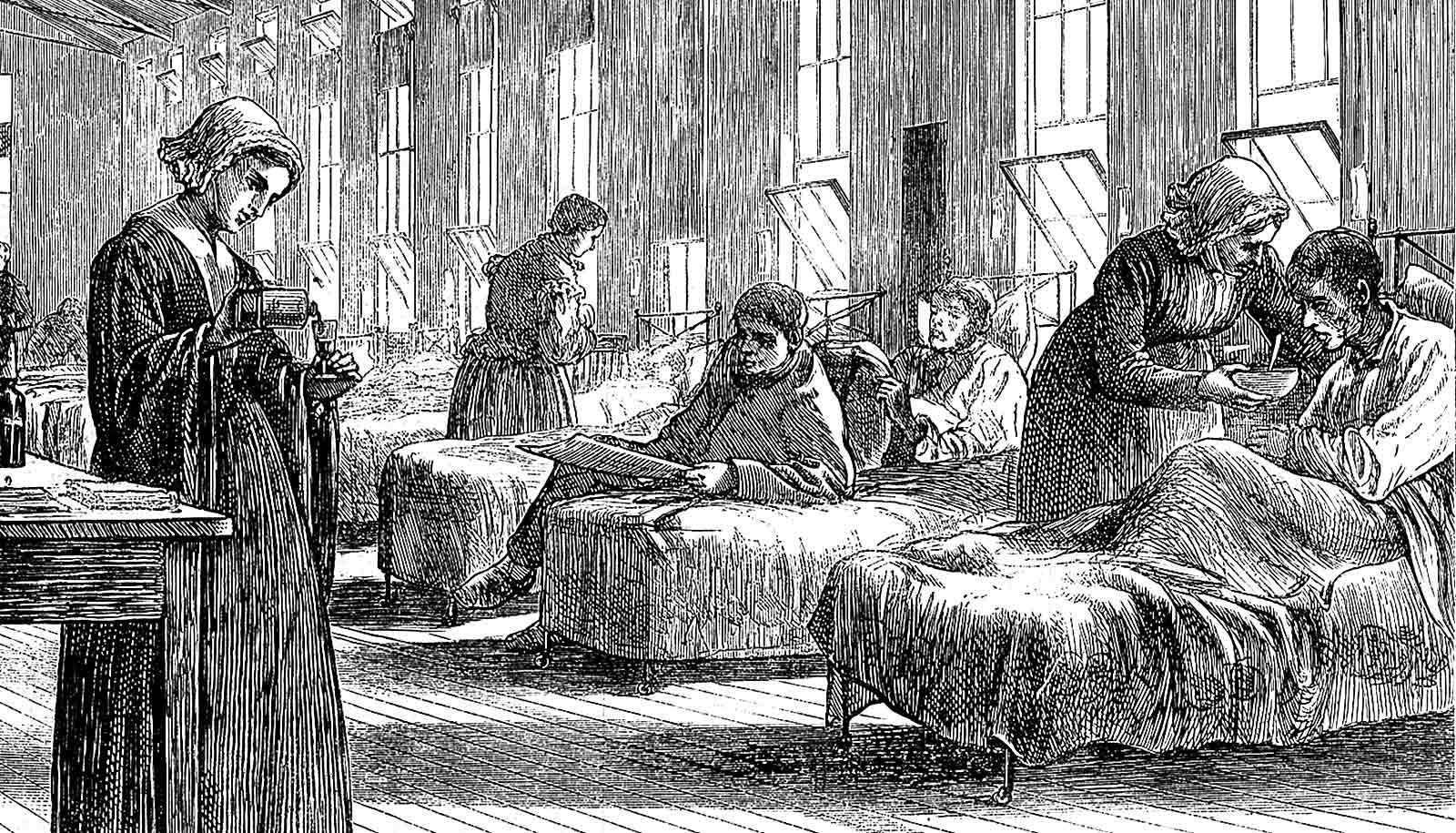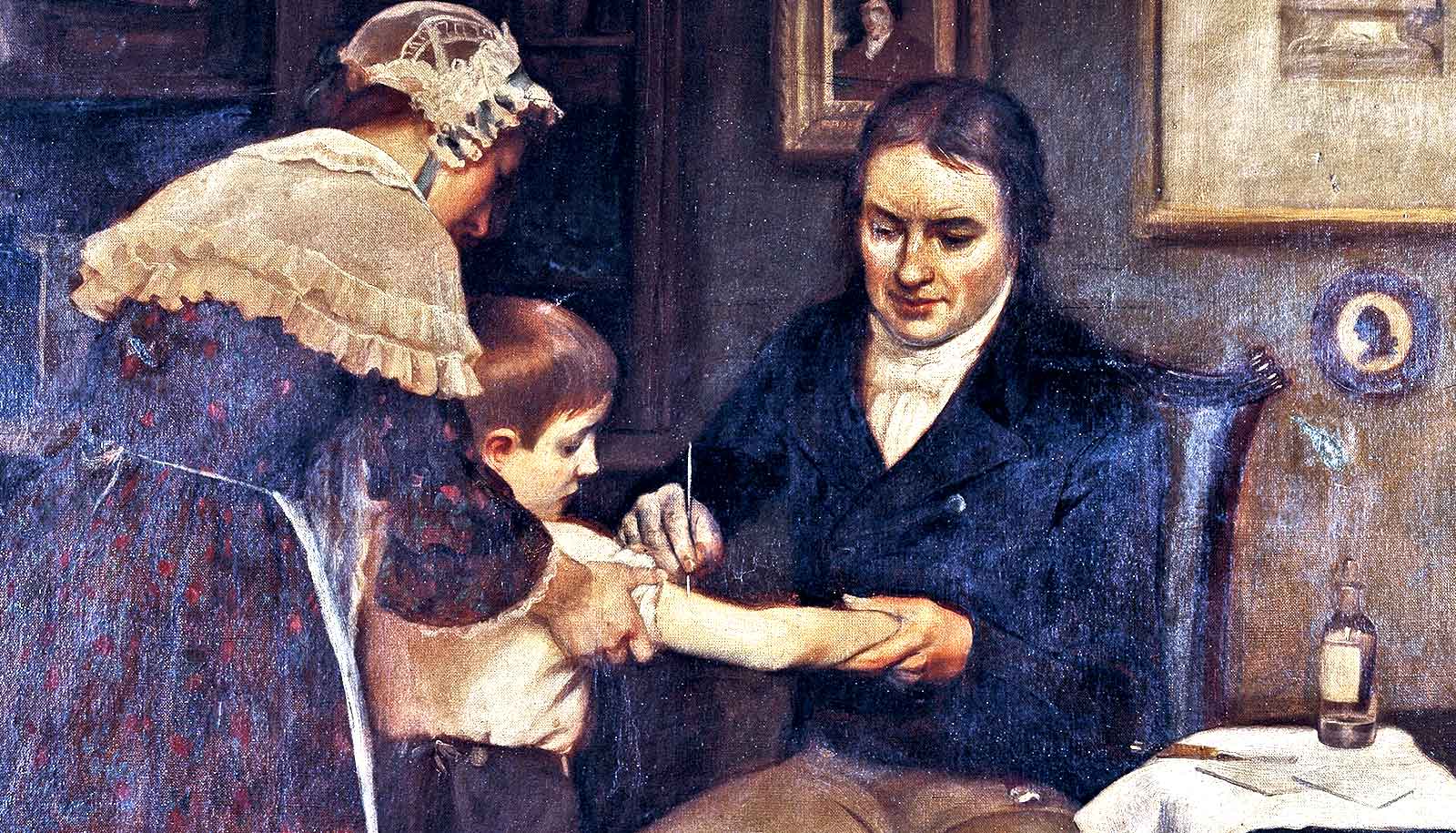Monkeypox, endemic to Africa, has started appearing in several countries, including the United States.
In the face of a global COVID-19 pandemic, it would be easy to view this development with anxiety. But the monkeypox virus differs in several ways from the virus that causes COVID-19, limiting its ability to cause similar chaos and loss of life.
Here, experts explain what monkeypox is, how it’s spread, and how worried we should be:
What is monkeypox and where is it usually found?
Monkeypox virus, which was first found in monkeys used for research in Denmark in 1958, is not new to humans; the first patient with monkeypox was reported in Central Africa in 1970. Since then, the virus has mainly infected people in central and western Africa, most often after they come into contact with an infected animal—usually squirrels, rodents, and monkeys that live in tropical rainforests.
Until recently, transfer of the virus between humans was thought to be relatively uncommon; the longest documented chain of infection from one person to another involved six people. The monkeypox virus spreads from one person to another primarily through bodily fluids, close skin-to-skin contact, or prolonged exposures to large respiratory droplets or contaminated materials, such as an infected person’s bedding.
“There are two related types, or clades, of monkeypox virus,” says Stanley Deresinski, clinical professor of infectious disease at Stanford University Medicine. “The clade originating in central Africa has a mortality rate of about 10%, while the clade from West Africa, which is the source of the current outbreak, has a mortality rate of about 1%. Mortality is also presumably related to host factors, including whether an infected person is malnourished or immunocompromised.”
What’s behind the rise in cases we are seeing now? How many countries are affected?
Experts are not sure why the virus has begun to spread between people outside of Africa. Monkeypox has now been identified in 18 countries. Fourteen states in the US, including California, Washington, New York, Texas, and Florida, have seen patients with monkeypox since the first case of human transmission was reported in the United Kingdom in early May.
One month later, just over 1,000 cases worldwide have been identified, often in people who hadn’t traveled to Africa and who hadn’t had contact with an infected animal. Although many of the infected people are men who have sex with men, anyone who comes into close physical contact with an infected person or with their clothing, bedding, or towels can be infected with monkeypox.
What are the symptoms? Is there a treatment?
According to the Centers for Disease Control and Prevention, most infected people will have a mild course of the disease over two to four weeks, beginning with symptoms that include fever, headache, swollen lymph nodes, and exhaustion.
Within one to three days, infected people will develop a rash, often beginning on their face or genitals, then spreading to other parts of the body. The rash progresses through fluid-filled blisters that eventually scab over. The time between exposure to an infected person and the development of the first symptoms can vary between five and 21 days but is typically between one and two weeks.
Although there is no specific treatment, several antiviral medications developed to treat people with related viruses, including smallpox, may also be effective against monkeypox. In 2019, the US Food and Drug Administration approved a vaccine against smallpox and monkeypox.
Data from Africa suggests that the smallpox vaccine also likely provides at least partial protection against the monkeypox virus. Vaccinating people known to have recently been in close contact with an individual infected with monkeypox may be a good way to protect from infection or to limit the severity of the disease, according to the CDC.
Ironically, the success of global vaccination campaigns and the subsequent eradication of naturally occurring smallpox infections means that many younger people living today have not been vaccinated against smallpox. As a result, monkeypox cases have been increasing in Africa during the past several decades.
What’s being done to understand this outbreak and how to stop it?
The CDC and the World Health Organization are tracking the spread of cases carefully and coordinating with health care workers to stem the transmission of the virus by isolating patients and identifying close contacts who may benefit from antiviral treatment or vaccination. The CDC has released a fact sheet for people who are sexually active to learn the symptoms of the disease and ways to prevent infection.
“As cases are identified, ring vaccination strategies, or vaccination of contacts before they become ill, are implemented,” Deresinski says, “as well as pre-exposure vaccination of health care and laboratory workers who may come into contact with the virus.”
What about pregnant people and children?
Although the current outbreak in Europe and North America primarily involves men who have sex with men, data from Africa show that children and pregnant people can also be infected with the virus.
According to the WHO, infection during pregnancy has not been well studied but may result in poor fetal outcomes. Recently, researchers from the Royal College of Obstetricians and Gynaecologists in the United Kingdom published a paper for health care workers and pregnant people outlining how to manage the virus during pregnancy.
Suggestions include considering a caesarean birth if the pregnant person has a confirmed or active monkeypox infection.
Children infected with the monkeypox virus tend to have more severe outcomes than adults, according to the WHO, but no children have been diagnosed with the disease outside of Africa during the current outbreak.
“Overall, my concern for children acquiring monkeypox is low, unless the child had been in close contact with someone diagnosed with monkeypox,” says Roshni Mathew, a clinical associate professor in pediatric infectious diseases.
“Children frequently present with rash, and pediatricians are skilled at diagnosing the various causes. A childhood viral illness that could appear similar to monkeypox is chickenpox. But there are characteristic differences between the two. Chickenpox lesions, for example, are superficial, erupt in crops, and evolve quickly and independently, while monkeypox lesions are deep-seated, well-circumscribed, and relatively the same size and stage of development as other nearby lesions.”
How worried should the average person be?
“Unlike the virus that causes COVID-19, the monkeypox virus is not known to be transmitted over a distance by small aerosol particles, although it is possible that it may spread through respiratory secretions when people have close face-to-face contact,” Deresinski says.
“It likely began when one or more individuals were infected in Africa and then traveled to Europe and North America. To date there are no known fatalities associated with monkeypox in infected people outside of Africa.”
In general, people should be cautious but not fearful, Deresinski says.
“Everyone is potentially susceptible to monkeypox, but becoming infected involves prolonged close contact with another person or contaminated objects. It’s not like COVID-19. Furthermore, most people with monkeypox are readily recognized as ill even before a rash arises.”
If you or someone you know develops an unexplained rash that progresses to blisters and was preceded by a fever, headache, and swollen lymph nodes, consult a health care professional.
Source: Stanford University



